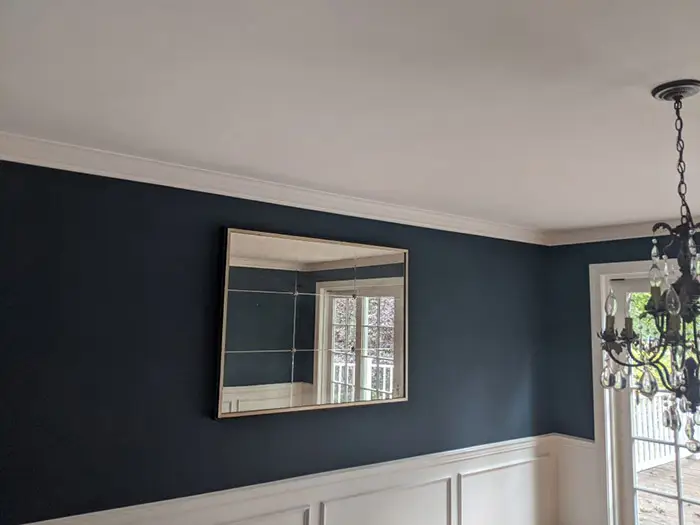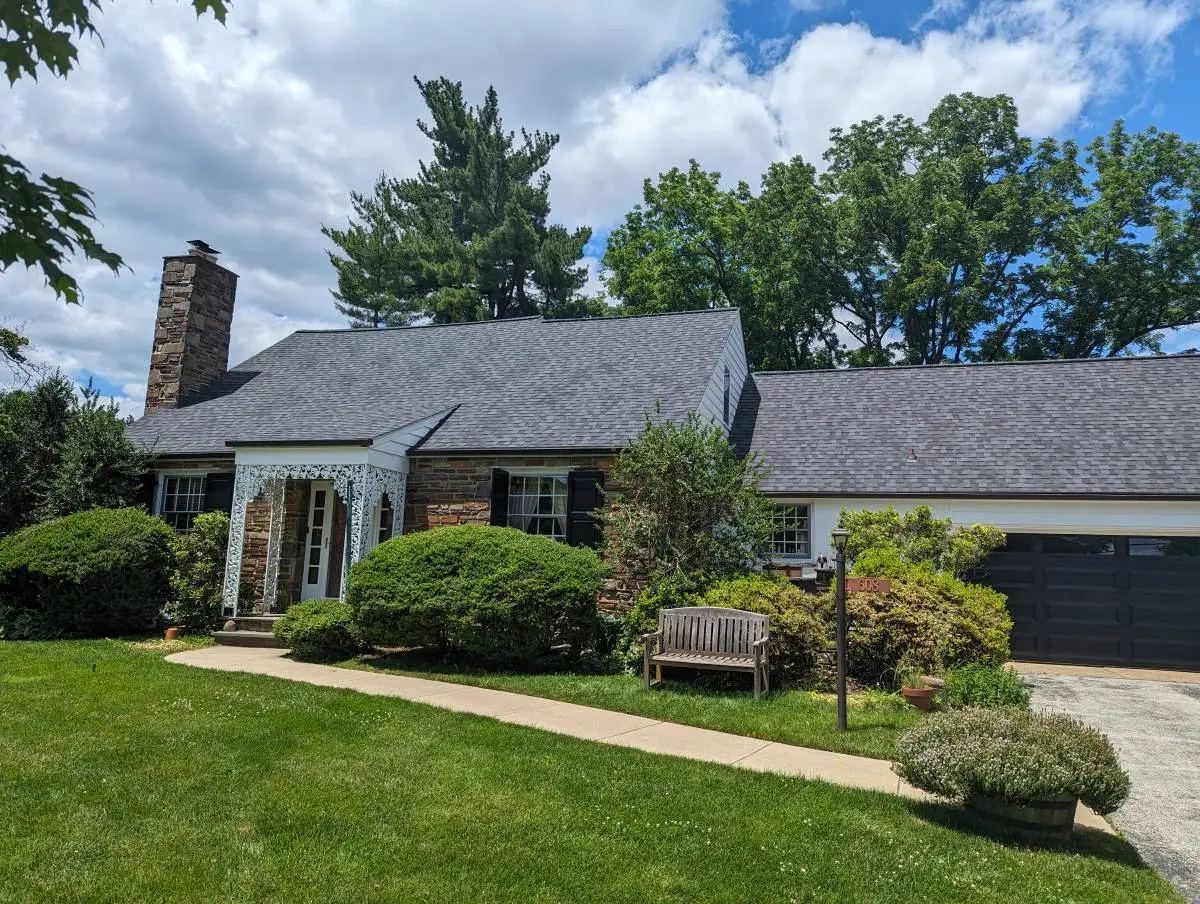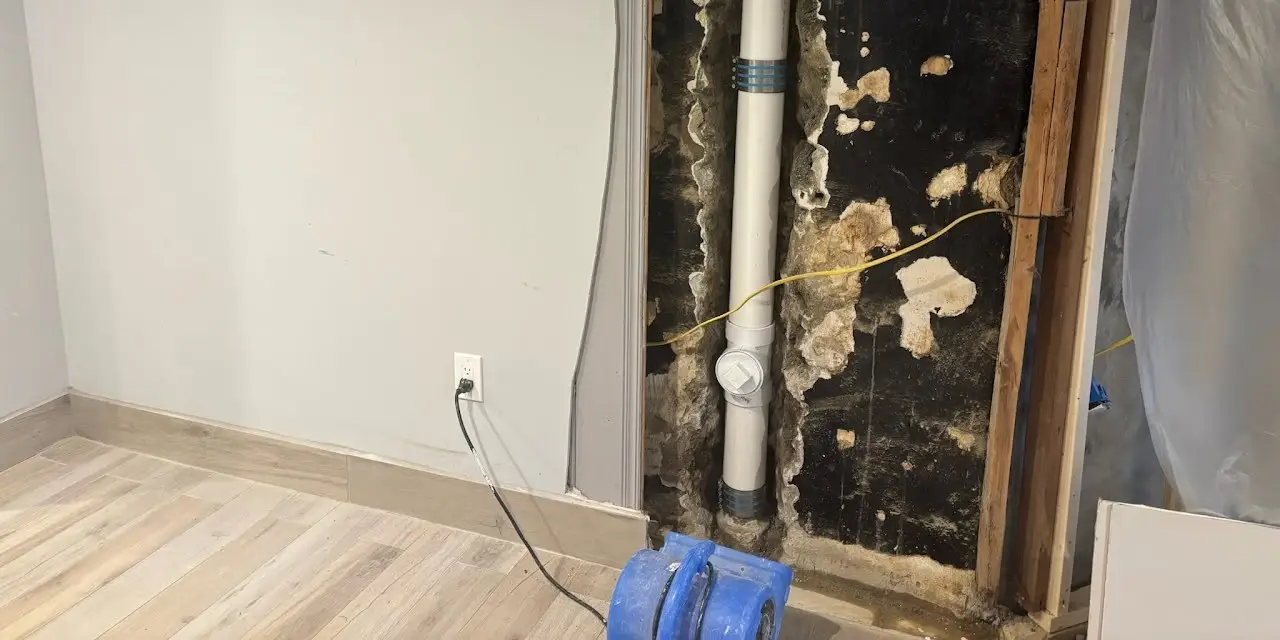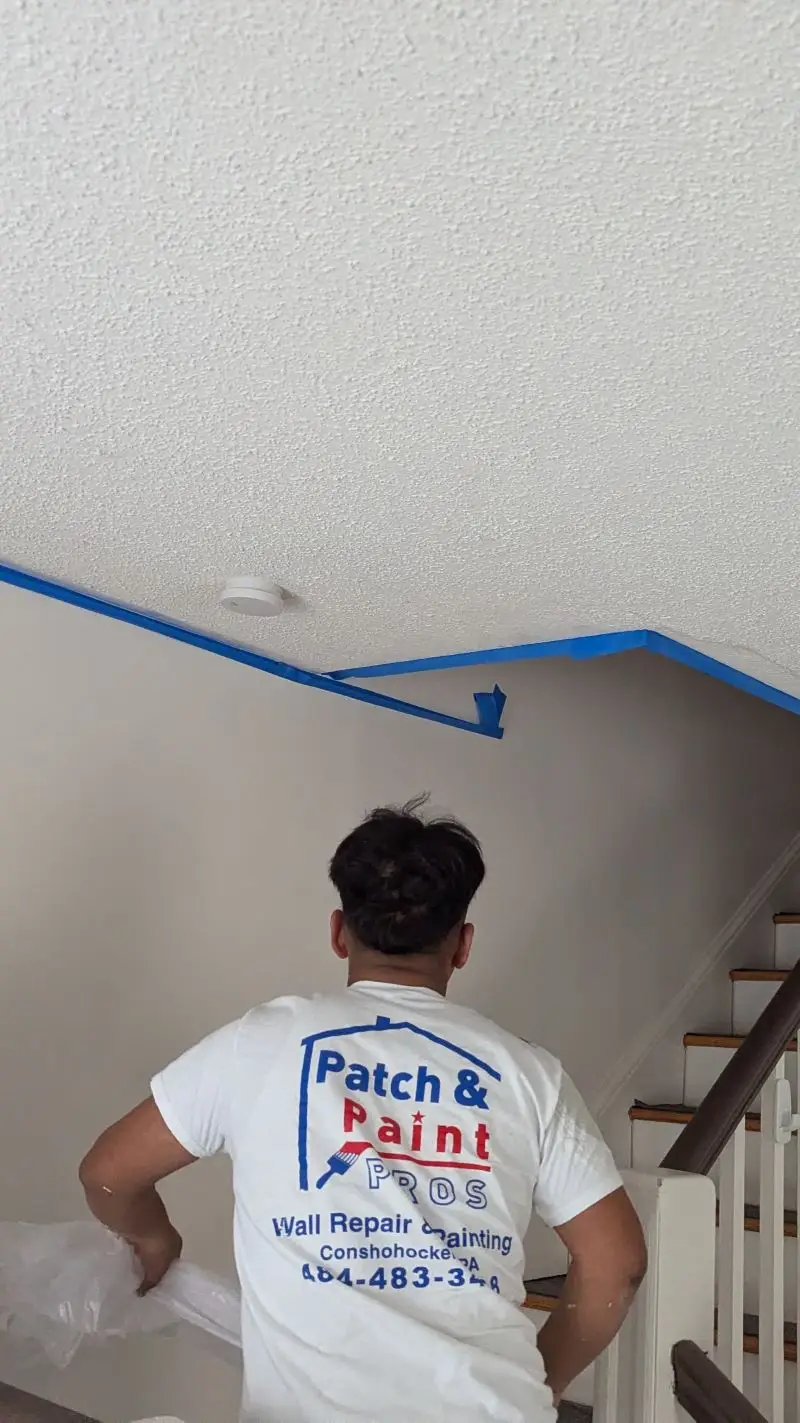Are you looking to get your home painted? If so, then there’s something important that you need to know: surfactant leaching. It can cause a variety of problems in your paint job and is difficult to prevent if it isn’t dealt with properly. Fortunately, local painting contractors have the knowledge and resources needed to help you avoid this issue for good.
In this article, we’ll discuss what exactly surfactant leaching is, why it’s such an issue when painting a house, and how local painting contractors can help keep it at bay. We will also provide helpful tips on choosing the right contractor for the job. So read on to learn more about keeping your house safe from surfactant leaching!
Surfactant leaching has become an increasingly common problem among homeowners who are getting their homes painted by inexperienced contractors or DIYers. However, with the proper guidance and assistance from experienced professionals in your area, you can be sure that your home won’t suffer any ill effects due to this type of damage. Keep reading to find out how local painting contractors can help protect your home from surfactant leaching!
What is Surfactant Leaching?
Surfactant leaching is a common problem when it comes to painting applications, yet many homeowners are unaware of its potential consequences. While the issue can be difficult to spot and solve on one’s own, local painting contractors possess specialized knowledge that can help you avoid or mitigate surfactant leaching. But what exactly is this phenomenon?
Surfactant leaching occurs when certain types of paints break down due to water exposure, leading to staining and discoloration around where the paint was applied. It most commonly appears near areas with high moisture levels such as bathrooms and kitchens, but can also occur in other settings. The breakdown process itself involves the dissolution of small molecules called surfactants within the paint into liquid form. This causes them to escape from their binding agents, causing an array of problems including blistering, fading, delamination, and bubbling.
While it may sound like a daunting challenge for homeowners to tackle alone, local painting professionals have extensive experience dealing with these issues. With their expertise and resources at hand, they’ll be able to identify any existing signs of surfactant leaching quickly, allowing them to provide solutions that preserve your home’s beauty while protecting against future damage caused by this pesky problem.
Causes Of Surfactant Leaching
Surfactant leaching can be caused by several different factors, but the main culprit is usually a combination of high water concentration and non-ionic reactive surfactants. When these two elements are present in paint products, they react with one another to form small molecules that become loose over time as the paint ages or gets wet. This process causes the surfactants to escape from their binding agents, leading to staining, bubbling, delamination, and other damage.
In addition to this chemical reaction, surface contamination can also play a role in surfactant leaching. If dirt or other materials are left on walls before painting, they may act as an absorbent for moisture which leads to accelerated decomposition of the compounds used in paint production. This further contributes to inadequate adhesion of the paint film and thus increases the chance of future damage due to surfactant leaching.
Finally, improper application techniques such as using too much pressure while rolling on coatings or failing to properly mix them before use can have negative effects on their performance over time. These mistakes often result in increased porosity which allows more water into the substrate where it accelerates the dissolution of the components used in paints – resulting once again in issues related to surfactant leaching.
With all these potential causes taken into consideration, it’s clear why local painting contractors should be consulted when dealing with any kind of paint deterioration issue; their expertise will help you quickly identify what needs repair before potentially disastrous consequences occur. Now let’s take a look at some common forms of damage that could be caused by this phenomenon.
Potential Damage To Buildings
When it comes to surfactant leaching, the results can be disastrous for buildings. One of the most common forms of damage is surfactant bleed – when a painted surface begins to darken and discolor due to moisture seeping into its pores over time. This often occurs after prolonged water immersion or exposure to high-humidity environments, leaving behind ugly stains that are difficult to remove. Additionally, mold growth may occur in areas where surfactants have been released from their binding agents; this not only looks unsightly but also poses potential health risks if left unchecked.
Furthermore, delamination issues can arise as well; this happens when paints lose adhesion on certain surfaces due to chemical decomposition caused by increased porosity or excessive amounts of water being absorbed into substrate layers. In some cases, these problems may even lead to crumbling plaster walls which can cause further structural instability in older buildings.
Any issue related to painting deterioration should be addressed immediately before more extensive damage occurs; luckily there are steps you can take right away with help from local painting contractors who know how best to detect and prevent such occurrences.
Detection Of Surfactant Leaching
Detecting surfactant leaching early on is crucial, and local painting contractors can help detect it before any damage is done. The first thing they do is inspect the paint film itself: if a polymer surface appears to be softening or discoloring, then this could be an indication of excess moisture trapped in the substrate layer. Furthermore, they look for any pooling water along window sills or at baseboards – these locations are particularly prone to collecting moisture due to condensation caused by temperature fluctuations.
Painting professionals also use various techniques such as X-ray fluorescent spectroscopy (XRF) and Fourier Transform Infrared Spectrometry (FTIR) to test for elevated levels of surfactants within the paint film. These tests not only give accurate results but also provide invaluable insight into what kind of corrective measures need to be taken to address any issues that may have been overlooked during application.
Finally, proactively working with professional painters means being kept up-to-date about potential problems associated with certain substrates, coatings, and even environmental conditions which may lead to surfactant leaching over time; having this awareness can make all the difference when it comes to preserving long-term durability in paints and other protective coatings.
Benefits Of Working With Local Contractors
As the years go by, house painting trends may change, and local painting contractors can keep you informed of the latest styles and color schemes. They can help you choose a color palette that complements your home’s architecture and fits your personal style. Additionally, professional painters can guide you through the process of selecting eco-friendly paints and explain their benefits, such as being low in volatile organic compounds (VOCs) and having less potential for surfactant leaching. Overall, working with local painting contractors can ensure that your project is completed efficiently, effectively, and with an eye toward current trends and environmental concerns.
In addition to this, reputable contractors will also be able to provide advice on how best to apply paints to prevent surfactant leaching and other forms of deterioration down the line. This includes discussing things like application techniques, drying times between coats, and recommending quality products that have been tested against stringent industry standards.
The benefit of working with experienced professionals is that they understand all these nuances better than anyone else; thus giving peace of mind when it comes time to putting brush to wall. With their knowledge and know-how at your disposal, you can rest assured knowing you’re getting the highest quality results possible. As a result, your home or workspace will remain looking beautiful year after year with minimal maintenance required! Taking these precautions now will make all the difference in avoiding costly repairs later on.
Paint Selection For Avoiding Leaching
Now that you know the importance of working with local contractors, let’s take a look at how to select paint to avoid surfactant leaching. First and foremost, it is essential to choose fresh paint for your project – one which hasn’t been sitting on the shelf for too long as this can affect its performance. The type of paint should also be taken into account; acrylic paints are often considered best due to their ability to resist moisture, while oil-based paints may contain more surfactants making them more prone to leaching. Additionally, opting for higher-quality paints with fewer additives will help ensure a longer-lasting finish.
When applying, following the manufacturer’s instructions carefully will reduce the chances of problems developing later on down the line. This includes things like stirring adequately before use and allowing adequate time between coats. Professional painters understand these details better than anyone so consulting them before beginning work could save you from costly mistakes further down the road. Taking all these steps now means you’ll have peace of mind knowing you’re getting top-quality results without any risk of surfactant leaching in the future.
To sum up, selecting an appropriate type of paint combined with careful application techniques can go a long way towards avoiding potential issues such as surfactant leaching in the future. Working alongside experienced painting contractors is key here as they possess extensive knowledge about different types of substrates and products available – helping make sure your home or workspace looks beautiful year after year!
Final Thoughts
Surfactant leaching can cause long-term damage to the paint, masonry, and other building materials. To avoid this costly problem it is important to work with experienced local painting contractors who understand the risks of surfactant leaching and how best to prevent it. By selecting appropriate paints for the job, they can ensure that your project stands up against the elements. Furthermore, their knowledge allows them to identify existing issues quickly so they can be addressed before they become major issues.
Just as careful precautions are taken when sailing in unknown waters, wise steps should always be taken when painting buildings to protect them from potential dangers like surfactant leaching. It takes experience and expertise to make sure all necessary measures are implemented properly. Local contractors provide you with both the assurance that the job will get done right and peace of mind knowing that your investment in your home or business is protected from any potential damages caused by surfactant leaching.
So if you want reliable results on your next painting project then look no further than local painting contractors – because an ounce of prevention is worth a pound of cure!





